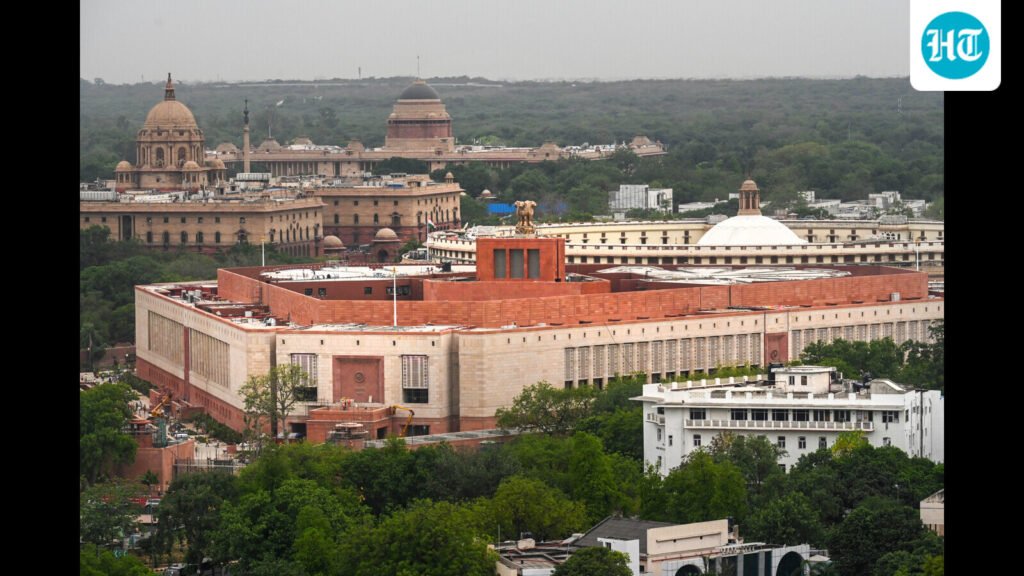
The headlines eulogized women’s empowerment while political parties rushed to claim credit for a long overdue Bill that earmarked 33% of seats in Parliament and the assemblies for women.

In earlier avatars, the Bill had been introduced in 1996, cleared the upper house in 2010, and then quietly died. Even in September 2023, when the Nari Shakti Vandan Adhiniyam was signed into law, we knew it wasn’t going to kick in soon. There was a process, we were told. First a census, due in 2021 but delayed because of the pandemic. Then, based on population, constituencies redrawn and a new electoral map that could see as many as 750-plus Lok Sabha seats.
Then, and only then, would women’s reservation kick in. Why the delay? Nobody has ever explained but one can only assume that by earmarking the additional seats for women, men would be mollified that “their” seats would remain intact.
This week, the Supreme Court heard a petition challenging the delay. When a law has been signed, it must be implemented, argued senior advocate Shobha Gupta. “You cannot make a law based on futuristic contingencies,” she explained on the phone. Women, noted justice BV Nagarathna, on track to become India’s first woman chief justice in 2027, are India’s “largest minority”. We are 48% of the population but barely represented in our highest institutions, especially at the leadership level.
Thanks to reservation, our panchayats have 33% elected women and, in states such as Bihar 50%, but in the Lok Sabha, it’s 14% and in state assemblies it’s an average of 9%. In the district courts, 35% of judges, recruited on the basis of exams and interviews, are women. But in the high courts, it’s 14.27%. The Supreme Court has failed to appoint a single woman since 2021 when justice Nagarathna was sworn in. It has, since then, appointed 21 male judges.
The shutting out of women from elite all-boys’ clubs is pervasive and systemic. In politics, the arithmetic is clear: If you’re not going to field women candidates, you’re not going to get women legislators. The hypocrisy of all parties is evident when you look at the number of women contestants in the two years since the Bill was passed. The 2024 general election had 799 women candidates out of a total of 8,360, or 9.5%. The first post-Bill state election in Rajasthan in November that year had 50 women in the fray of whom 20 won, bringing the number of women in the House down from its previous 24.
Women voters are exercising their ballot with greater enthusiasm than ever. Bihar has just seen a record turnout of 71.6%, leagues ahead of men’s 62.8%. And while women are not a monolithic vote block, they have remained loyal to Nitish Kumar since 2005 when he was first voted chief minister. Nitish has repaid the favor with a slew of schemes including free bicycles and 10,000 each to 7.5 million women from self-help groups. Yet, when it comes to sharing power, the JD(U) fielded only 13 women out of 101 candidates, or 12.9%, far less than 22 out of 115 candidates, or 19.1%, in 2020.
Parties believe women will vote for them if they get cash handouts. The low representation has not yet become a poll issue. This is on us. Unless we demand and get reservation, not sometime in the nebulous future, but now, it will not come to us on a platter. Equality was promised to us by the framers of our Constitution. If you ask me, 33% doesn’t cut it any more. It’s time to talk 50-50.
Namita Bhandare writes on gender. The views expressed are personal




